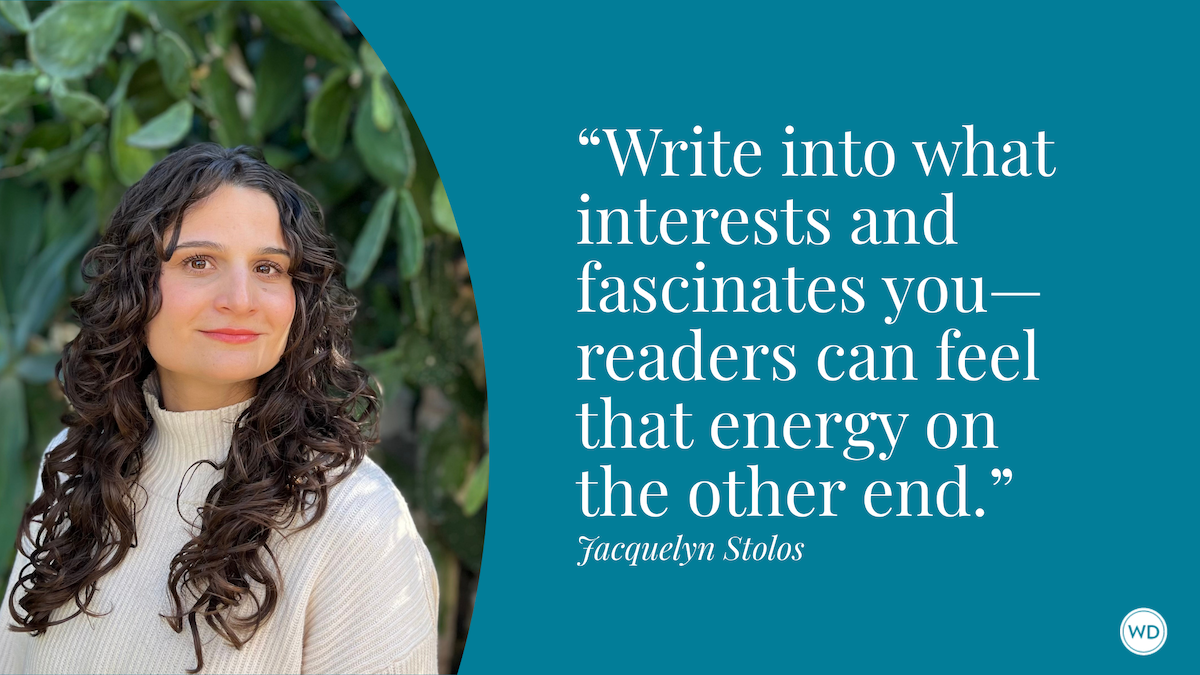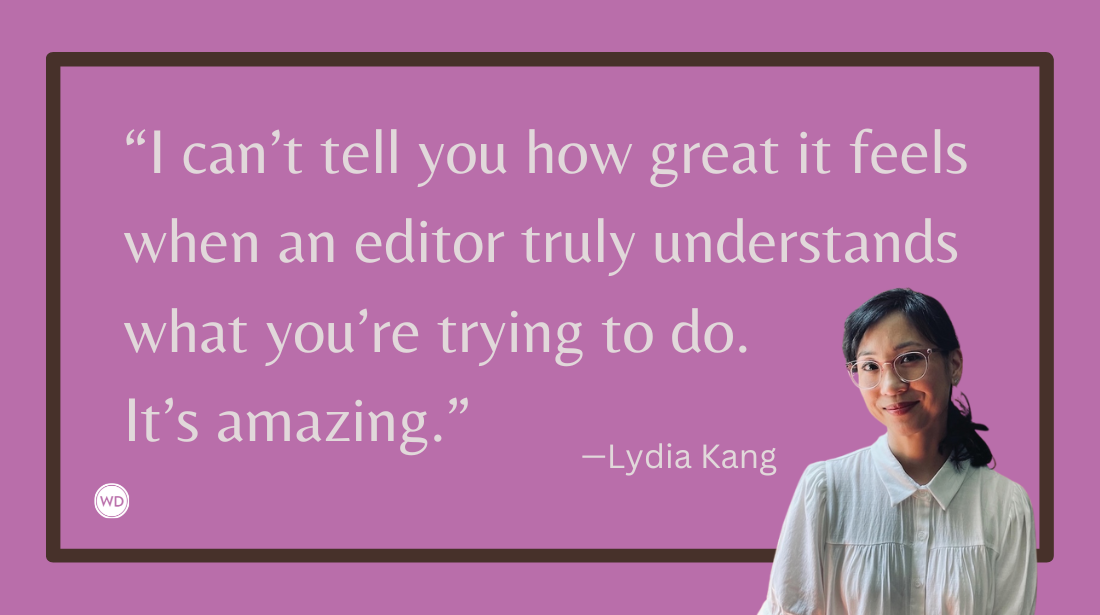5 Steps to Avoid the Muddle in the Middle of Your Novel
Bestselling author Hank Phillippi Ryan reveals five steps for turning the muddle in the middle of a novel into the magic in the middle.
Think about the words you see in a rave book review. Pacey, right? Propulsive. Riveting. Compelling. Page-turner.
Those are all shorthand for “fun to read,” and also for “something happens.”
Problem is, it’s textbook-easy to begin a novel and have something happen: That’s why there’s a story, right? Something happens.
But to keep your story going, to keep it pacey and compelling, things must keep happening. (And that’s called telling a story. Or even better, revealing a story.)
And when faced with all those empty pages, especially as your novel moves into that intimidating but critical Act 2, it can be daunting to keep the engine of your book running at full speed. To keep the plane flying.
5 Steps to Avoid the Muddle in the Middle
How do you keep your story propulsive?
Here’s a secret: Think of it as a series of five steps. A repeating and varying arc of five specific segments.
Step 1: What does your character want right now?
It can be as small as a drink of water, or as big as stopping the guy with his finger on the nuclear button. Each step in a Hank-segment has a goal. And at the end of the segment, that goal will either be reached or not. And more on that in a minute. But if the characters don’t want something, there’s no reason for them to do anything. More on that in a minute, too.
Step 2: Why does that person want that thing?
Are they thirsty? Because maybe, if they don’t get water they will die? If they don’t get water they will not be able to take their pill? (And then they’ll die?) Or if they don’t stop the nuclear-button guy, they will die and so will everyone else? Depending on where you are in the story, the stakes can be tiny or cataclysmic, but you the author must clarify the motivation for them to do what they are about to do to get what they want.
Step 3: They decide what to do!
Should they call room service? Do they fumble down the stairs in the middle of the night and go to the kitchen and search for a glass and turn on the water? Do they pull out their stun gun or brass knuckles or call on their power of personal persuasion to distract nuclear-button guy?
Your character must decide what to do, and that decision-making process allows you the author to examine the setting and all of its possibilities, as well as the psychology of the character. Do they make a wise, thoughtful, benevolent decision? Or a selfish, venal, self-centered decision? The decision they make allows you to reveal their character.
And the setting matters profoundly: What your character would decide in a blizzard or in the midst of a drought, or in their bedroom (or someone else’s), is very different, so how does that alter their thought process?
Step 4: They do whatever it is!
And when they do it, what does that mean for your novel? It means action! It means forward motion. It means something is changing, and all of the dominoes and all of the ramifications of this particular decision crash into a new place. Here we go, the reader thinks, let’s see what happens! This could be a critical moment! And your story flies even higher.
Step 5: The obstacle.
And then, every time: WHAM. Up pops the obstacle. The conflict. The barrier.
Oh no, there’s no water! Oh no, they fall down the stairs. Oh no, the bad nuclear-button guy turns around—it’s not who they thought it was, it’s a good guy! Oh no, what is happening now? The power goes out, the bad guy has suddenly-appearing henchpeople, your character trips and falls on their face. The action they chose is thwarted because suddenly now there’s a new conflict—they have been stopped on the way to their goal. What do they need to do now?
Which brings us back to number one, see?
What does your character want? And you start again.
Meanwhile, you have written a segment with a goal, with understandable motivation, with revealing decision-making, with propulsive action, and with a twist or a shock or a surprise or an obstacle. Hooray! Your story is moving ahead.
Goal. Motivation. Decision-making. Action. Obstacle. Then, result and regroup and restart. What do they want now? Is that different from the past? Whether it is or whether it isn’t, either way works. Because your story and your character have evolved and advanced.
Your key secret is causation: Everything happens because of what happened before. Because of this—then this. Because of that—then that. With causation, your book is no longer randomly episodic—and then and then and then—disparate story pieces glued together as a narrative. With the five steps, the story is logical, relatable, and propulsive, because those five steps reflect a character’s unique and personal decision-making process.
Is a segment the same as a chapter or a scene?
They may be each of those, but where you break your scenes or chapters during this series may differ. You may end a chapter when the character hits the obstacle. You may begin the next chapter when they take action. That all depends on the rhythm of your book.
Does the obstacle have to be bad? Nope. Maybe your character gets what they hoped for, or what they expected. Or maybe they learned something helpful that they didn’t know before. Great. But now—whoa. Their path is different. And what if they were wrong about what they wanted? Now what do they want?
And remember—all of the other characters in your novel want something too, and whether on the page or off, they’re going through the same five steps. When those wants conflict with your character’s wants—instant conflict. (And that’s just what the author wants!)
Finally, what your character wants in the big picture arc—your thematic “want” for happiness or love or peace or success—is the goal of these incremental “wants.” Does the “big want” change as the incremental wants proceed? Of course it does. And that makes your story even better.
From beginning to end, your novel is a series of these five steps. And I promise you, these steps will be invisible in your manuscript. That’s because the five steps are exactly how life works—and because of that, your story feels powerful and real. And the muddle in the middle turns to magic.
Check out Hank Phillippi Ryan's All This Could Be Yours here:
(WD uses affiliate links)









